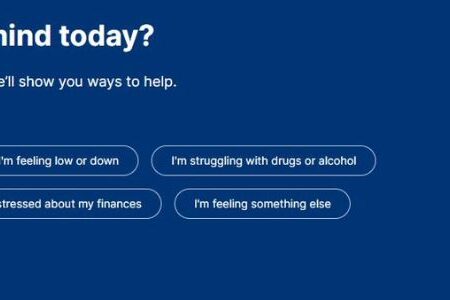New Lifeline Toolkit to Help People Who Aren’t Ready to Speak Up Yet
By: Amy Cheng
A new wellbeing digital toolkit has been launched by Lifeline to help people who aren’t ready to talk about their situation on the phone.
The crisis support service would like the Support Toolkit to help people who wouldn’t normally reach out to it for mental health and support.
Lifeline Australia CEO Colin Seery said in a statement that the digital service helps “seekers at all stages of their journey”.
“It helps people to make sense of their experience and take active steps to manage their wellbeing,” he said.
“We know that a lot of people looking for help might not yet be comfortable involving another person in their situation.
“The toolkit makes it easy for anyone who feels they are ready to take positive steps forward but doesn’t know where to start.”
Lifeline partnered with health and medical insurance provider NIB to develop the toolkit.
Since the service’s soft launch in September last year, it has been used more than 70,000 times.
“A lot of people looking for help might not yet be comfortable involving another person in their situation. The toolkit makes it easy…” – Colin Seery, CEO of Lifeline Australia
What is the toolkit?
The digital web service helps those going through difficult circumstances but it was also created to help those supporting them.
There are tools and resources to help people understand and cater to the needs of someone in distress, along with strategies to help them manage their own self-care as they provide this support.
Based on service demands, the topics of anxiety, depression and substance abuse were chosen as a priority.
When people navigate to the site, they will be greeted with a quiz with two simple questions: ‘What’s on your mind today?’ and ‘What kind of help are you looking for?’.
When people navigate to the site, they will be greeted with a quiz with two simple questions: ‘What’s on your mind today?’ and ‘What kind of help are you looking for?’.
After answering the questions, they will then be given a list of options, including articles to help them better understand the situation, articles for friends and family, strategies for coping and tools and apps to download.
 Source: toolkit.lifeline.org.au
Source: toolkit.lifeline.org.au
Why was the toolkit created?
Dane Glerum, Executive Director of Service Design and Delivery for Lifeline, said the toolkit has been designed to help people form long-term behaviours and skills to build resilience and prevent crisis.
“The site is designed to create an inclusive, accessible and personalised experience which allows people to engage at different points in their journey,” he said in a statement.
“(It helps them) find the next steps and have the option of coming back without having to restart the process.”
Article supplied with thanks to Hope Media.
